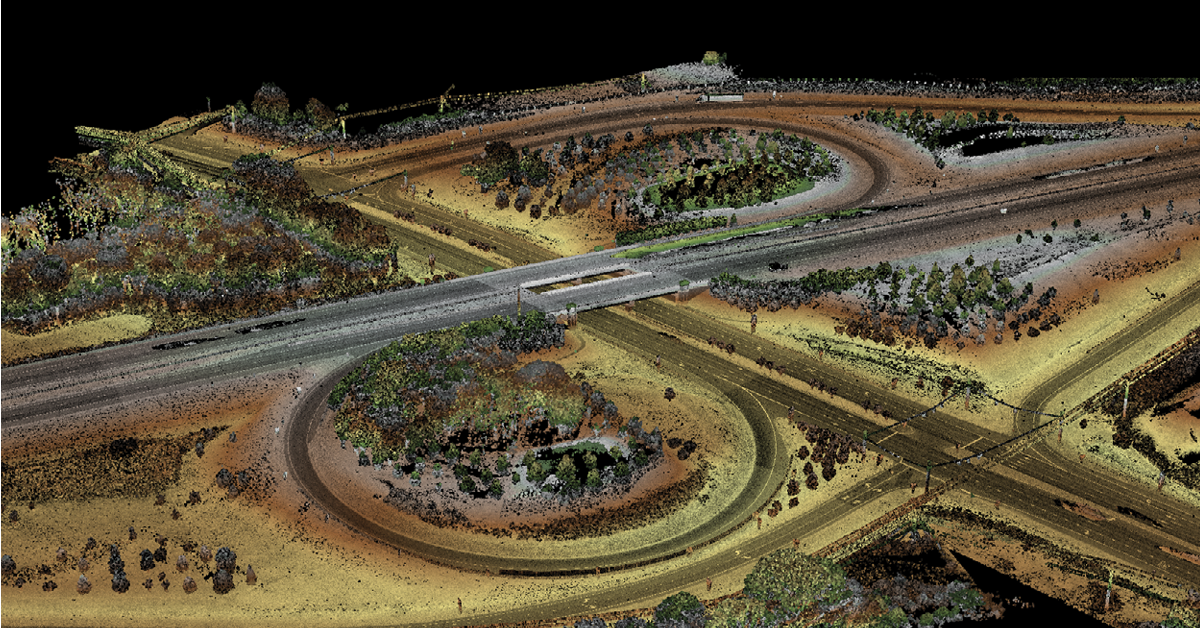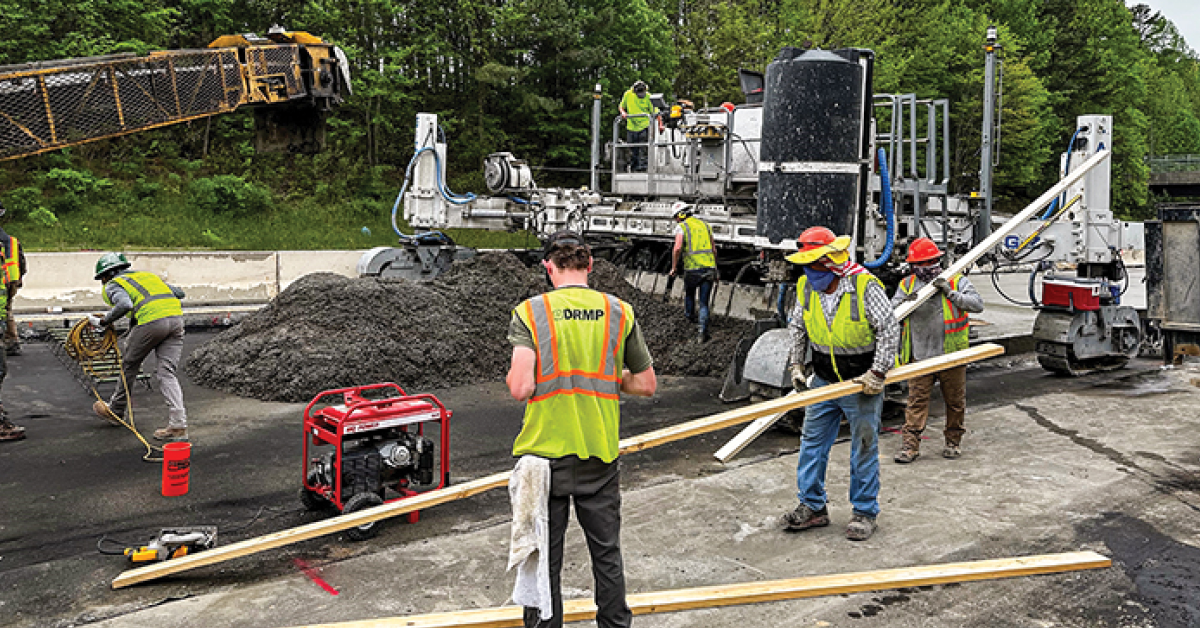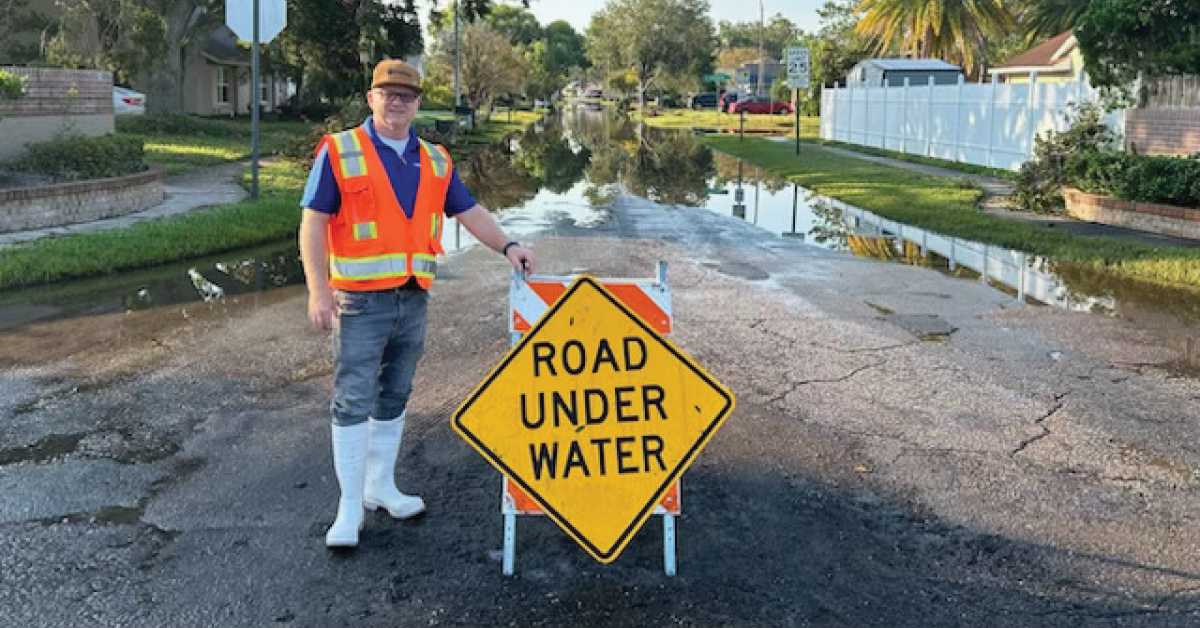Florida's warm climate and geography make it a hotbed for powerful thunderstorms, tropical storms, and hurricanes, highlighting the importance of maintaining the state's drainage infrastructure. This infrastructure, crucial for flood control and ensuring the integrity of roadways, must be kept up to par.
In Hillsborough County, Fla., DRMP has taken the lead as the prime consultant for a condition assessment of the county’s critical stormwater pipes. Together, with subconsultants AREHNA Engineering, Inc., and Keystone Civil, Inc., we are inspecting more than 860 pipes.
The Hillsborough County Public Works Department plans to conduct regular inspections of the pipes to document their condition for reporting and planning purposes. Most of the pipes are showing signs of aging, especially corrugated metal pipes (CMP).
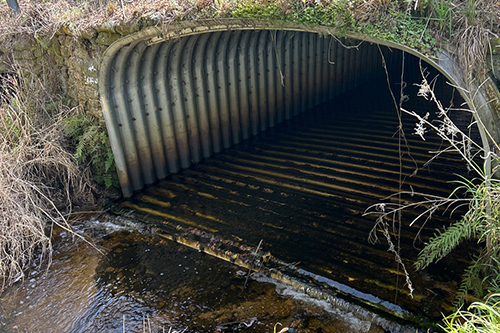
DRMP’s stormwater engineers and Geographic Information Systems (GIS) experts are working together to streamline this ambitious project.
As the Project Manager, I have been entrusted with ensuring the progression and ultimate success of this project over the course of seven months.
Assessing the Pipes
Within the County’s infrastructure are more than 100,000 stormwater pipes that require routine maintenance to ensure the system’s integrity. Among these, the County has singled out more than 1,700 pipes for inspection by two consultant firms.
DRMP’s focus is on visually inspecting 864 pipes – what the County has identified as “critical” pipes – primarily larger pipes over 30 years old. These pipes pose a greater risk to infrastructure and public safety, so it’s imperative they are routinely inspected.
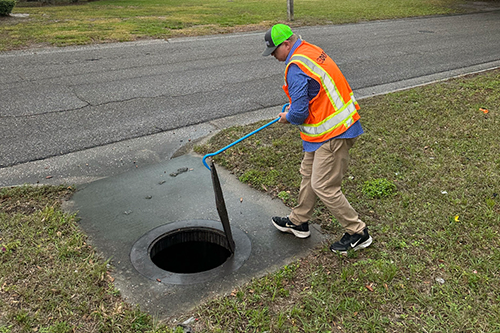
The DRMP team has been assessing the pipes using a score sheet (risk calculator) provided by the County. Our preliminary inspection revealed that most pipes were operational and seemed to fulfill their designated stormwater functions; however, with noticeable signs of aging. We proposed the County persist in evaluating the pipes' condition every three years and devise a work program to uphold and enhance their functionality, as necessary.
Furthermore, it is vital for the County to consistently allocate resources for the ongoing maintenance of these pipes, given their importance in flood control and preserving the integrity of roadways.
Streamlining the Process Using GIS
To enhance the efficiency of inspecting numerous culvert locations, we created a GIS field collection system. Using the County’s GIS map of pipe locations, we converted the data to a GIS database, which allowed DRMP to load the map into ESRI software “Field Maps” for use by field inspectors on tablets and mobile phones.
Using input values from the County's Risk Calculator, we created a comprehensive schema for the point layer, encompassing data fields for input values alongside five intermediate and final output scores.

Equipped with GPS functionality, these devices enabled us to quickly identify the inspection points, allowing for the prompt recording of observations and the attachment of relevant photos to each record. Furthermore, the adoption of colored symbology for the map's points enhanced visual interpretation and analysis.
Our GIS team worked to develop data sheets that show each individual pipe inspected along with data attributes and photos collected in the field on a one-page PDF. The final product will consist of a booklet of the PDF sheets that detail the information gathered for each pipe.
To maintain records and ensure continuity of station data, we advised the County to gather and archive all culvert inspection data within a GIS/asset management database. This approach will enable County personnel to promptly access essential culvert details.
Using smart technology, such as GIS makes projects like this quicker and more efficient. This means we can spot issues and plan fixes faster.
By working together and staying proactive, we are building a stronger, more resilient, and sustainable future for our clients. Let’s keep investing in our infrastructure to keep our communities safe and thriving.










